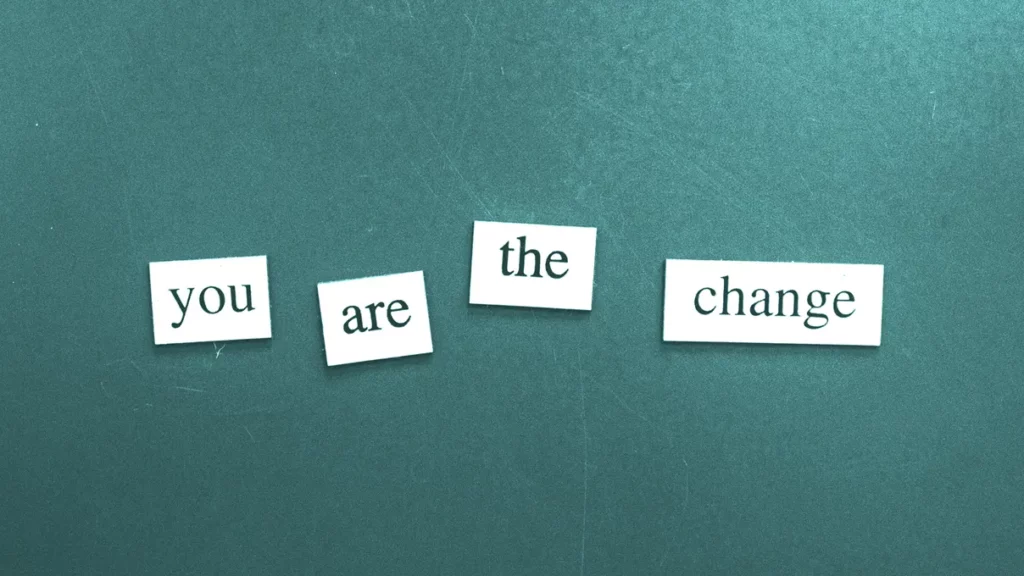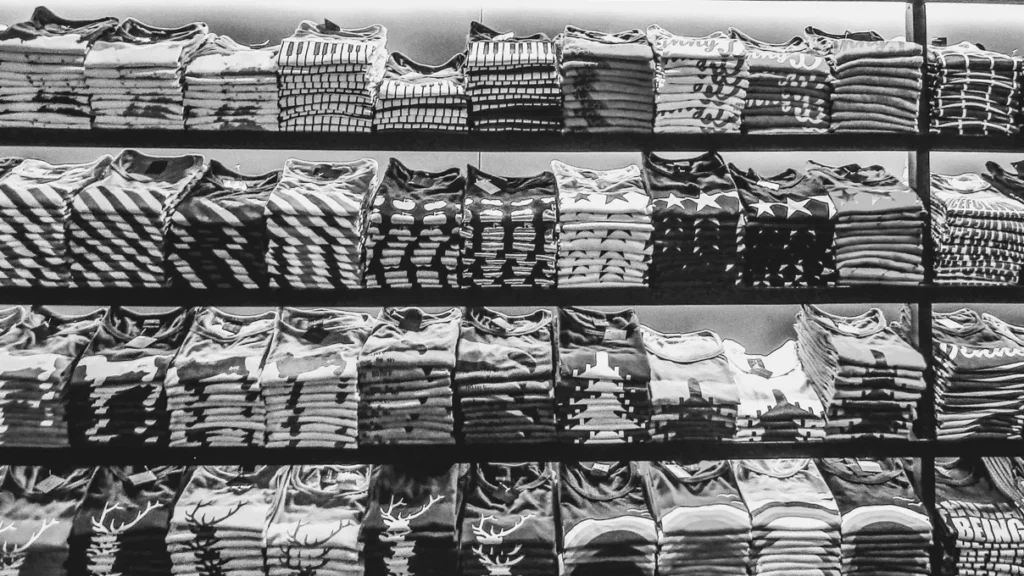Look… I’m not going to sugarcoat this. You may have already noticed a hike in prices this year. And if you haven’t yet, you will. Oh yes, it will affect clothing as well. TThe price increase hasn’t been drastic yet as the items in the shops were pucrhased and priced a year ago. But the price increases are coming….
Over a year, clothing prices have increased by 8,8%. By the end of the year, it is estimated that you will have to pay 8% more for the same pairs of shirts, pants and dresses you bought last winter. And next year, you’ll probably have to pay even more.
It’s a hard pill to swallow.
The reason? Well, there are a lot of factors, but we’re here to break it down for you. Knowing where some of these costs are coming from helps ease your mind when you’re paying a few more euros to purchase a new pair of pants for your child.
Being a parent is managing a shoestring budget. And when the wallet is fixed and other prices are going up, you will be forced to make significant tradeoffs. And even if you could purchase more expensive sustainable clothes for your children in the past, you may have to go for more affordable lines of products in the future.
The good news is: you can avoid ending up in the fast fashion lane or having to ditch the sustainable options! Read till the end of this article.

Why you might need to smash your piggy bank?
The increasing popularity of fast fashion created an oversupply of clothes, leading to low consumer prices. However, the global economy is struggling. The reasons behind inflation in fashion are numerous, but most simply put, the unstable economies around the world are creating a combination straining the supply and demand: material shortages, transportation bottlenecks, and rising costs of shipping, labour and material.
So, clothing prices are going to go up quickly.
First, clothing production is becoming more expensive. The cost of raw materials has increased.
This year alone, manufacturers have to pay 70% more for cotton and even more for synthetic fibres like polyester and polyamide. They’re also paying more in shipping and labour costs—which will eventually trickle down to consumers through price hikes.
Second, clothing retailers were hammered when the pandemic hit: It was a perfect storm of lack of production capabilities, massive shipping delays, consumer disinterest in buying clothes (or maybe we didn’t have any money), and finally, retail overload on everything from socks to sneakers to sundresses. With the market ramping up again, they’re in a bind: They can’t produce enough clothes to keep up with demand when everyone decides they need a fresh wardrobe at once!
1. People stopped buying clothes during the pandemic
For a few months, the supply chain was in shambles. You couldn’t leave your house to go shopping, so you weren’t buying anything new. Which meant that there were more clothes than usual out there. And all this surplus inventory started piling up at retailers’ warehouses and stores.
Many fashion labels panicked when consumers stopped buying clothes. In addition, the length of the pandemic was unclear, and the apparel industry was forced to radically and quickly change its operations. This meant laying off workers, cutting product prices to eliminate inventory and cancelling orders. Consequently, this left overseas factories abandoned, and many factories had to lay off garment workers.
2. The imbalance between supply and demand
Demand for clothing is soaring again in Europe, but the pandemic is still ongoing overseas. The ongoing COVID-19 crisis still contributes to shortages of materials and labour worldwide.
So: demand is higher than the current supply can fulfil.
3. Rising costs for production and labour
In fact, when you look at the bigger picture here, it becomes clear that clothing prices have been rising steadily for years now. The main reason is that wages and material costs have risen, and prices continue to rise worldwide.
The “Made in China” label has been synonymous with cheap manufacturing for a long time. Wages are much lower in China than in other countries, which is why many companies have taken advantage of this fact and moved their factories there. But now, the wages in China have risen to match other countries, and the manufacturing cost has increased because wages have gone up. A shortage of workers has also affected the price increase. It’s harder than ever for factories to find people willing and able to work in garment factories with low pay.
4. Rising material costs
First off, cotton prices are up. The supply of cotton has been dwindling year over year. While people aren’t exactly running short on clothes, manufacturers face a shortage of raw materials. This is partly due to droughts and extreme heat decimating cotton crops in India. And when one country is out of the supply chain, it increases the price for all.
On top of that, the high demand increase is picking up after the pandemic. This will put pressure on already-tight resources, and manufacturers will also have to spend more money on inputs like cotton. Cotton prices have surged over 70% since 2020, hitting a 10-year high.
6. Rising transportation costs
However, there are other problems retailers face besides the cotton shortage.
The most noticeable is the spiking price of petrol, which hits hard on transportation costs. But, the global shipping industry is also facing a congestion problem. When demand increases, there aren’t enough ships to transport all the cargo retailers need worldwide. Also, due to sanctions on Russia, containers have been sitting full in harbours. As a result, the cost of a standard rectangular shipping container is now over six times more than just two years before. And to underline, the congestion doesn’t only increase shipping costs; companies are also experiencing significant delays.

Higher prices won’t mean higher margins
So what does this all mean for you, the consumer?
Well, your clothes are about to get more expensive unless you’re willing to go naked. The rising costs of production are going to end up on your shoulders.
As the price of manufacturing rises, clothing retailers are feeling the squeeze. With the rising cost of goods, many clothing retailers struggle to keep their prices down while making a profit.
The fact is that most clothing brands, especially kidswear, have been working with a very low margin in the past few years. It will be a challenge to maintain even their current profit margins.
With the rise in transportation costs, higher production costs and a lower number of sales due to less frequent purchases during the pandemic, companies will be less able (and maybe even unwilling) to absorb all the price increases.
The brands we know and love will be forced to make decisions to raise prices by increasing their markups or cutting costs. And do not be lulled if your favourite brand is not raising their prices… Cutting costs is usually done at the heavy expense of quality.
Are expensive clothes the new normal?
How long will price hikes last? It’s hard to say.
We have to wait until supply returns to pre-pandemic levels (or demand softens). And as the global economies rescale, manufacturing might bounce back, and many costs might come down.
However, even then, the changes in the supply chain are going to happen at different paces. Some parts may stay at the current level longer than others. Some, like labour costs, may remain at this level permanently or go even higher. This is good news from the ethical point of view IF the pay goes to the actual low-income workers and not all into the pockets of factory owners. But if the supply and demand imbalance persists, we may look at a longer-term situation.

You can influence what happens next
I know you’re worried about not being able to follow your values and get the sustainable clothes your child deserves in the future.
In that case, consider alternative buying options. You don’t need to purchase a second- or third-best substitute if quality sustainable kidswear is what you want.
The fashion industry desperately needs systemic change: for the good of people, nature and future generations. By working together, suppliers, brands and customers can change the fundamentals of how we purchase and make clothes. We will be able to turn the tide for the better.
By planning ahead and buying from pre-sale campaigns, you will get the desired items at a reasonable price. By truly considering your needs, you will not waste money on super impulse purchases that will end up in the back of your child’s wardrobe.
At Vermét, we are not immune to price increases, but in our business model, you tell us which designs you want us to produce. We don’t need to persuade you to buy something we have already made. If enough people back the style, we begin production. This way, we can line up demand and supply each time and eliminate stock and middlemen from ramping up the price even more. You get what you actually want, not what we think you want.
It’s more than the price.
With Vermét, you are not just buying clothing.
You will experience a totally new way to get your kids clothed. You can be part of the design process, decide what is being produced and transparently track how the garment is made for you.
Join Vermét Insiders below, be part of the creation of a better future and get the extra mile of value for your money.







